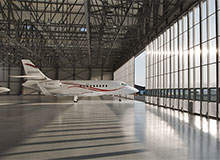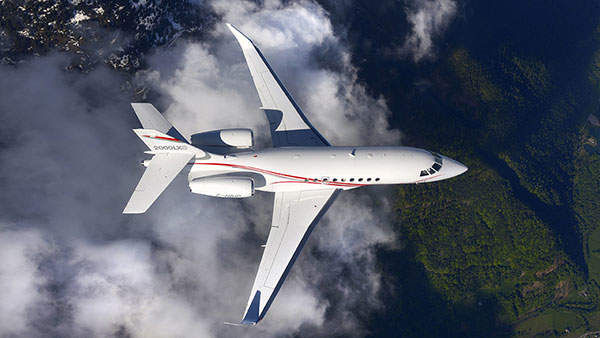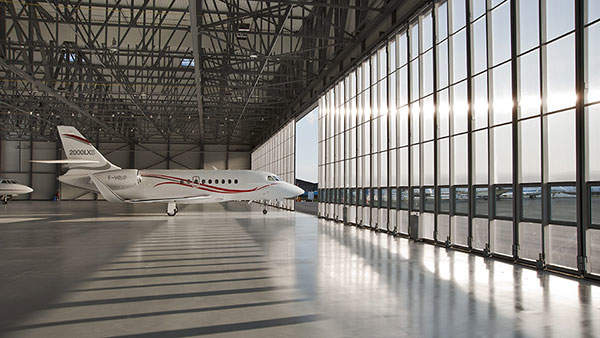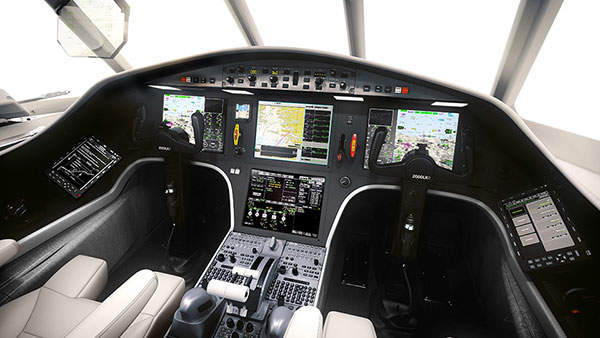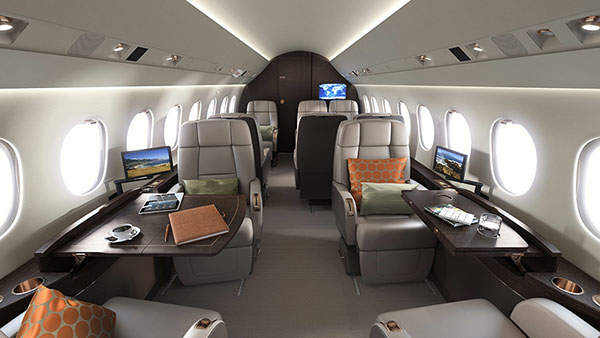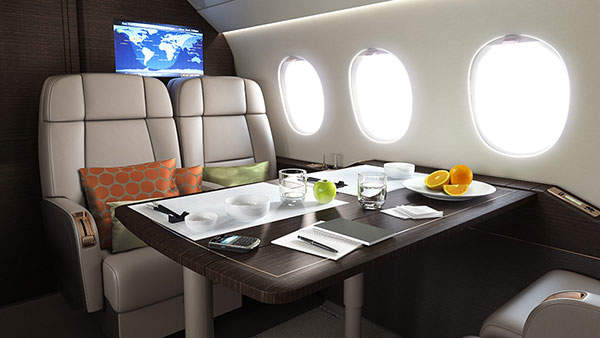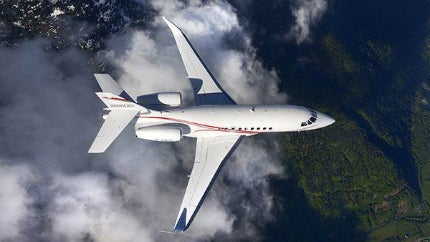
The Falcon 2000LXS is a midsize business jet being manufactured by Dassault Aviation, an aircraft manufacturing company based in France. The aircraft is being developed with the aim of replacing the 2000LX business jet by 2014. The Falcon 2000LX aircraft replaced Falcon 2000EX in 2008.
It was first launched at the National Business Aviation Association convention in Orlando, Florida in October 2012. The aircraft received European Aviation Safety Agency (EASA) certification in March 2013.
Design of the Falcon 2000LXS business jet
The aircraft’s design was incorporated from the Falcon 2000S and 2000LX versions. The 2000LXS features similar inboard slats of Falcon 2000S model. It also features similar landing performance of the 2000S. The new aircraft uses the similar proven wing designs used in the Falcon 900 family.
The Falcon 2000LXS features forward-edge wing slats, which reduce the Vref speed to 107kts. It requires just a 2,260ft runway for landing, which is 1,000ft less than that required by other similar sized comparable aircraft.
Assembly and production plants for Falcon 2000LXS are located in France and the United States.
Flight deck and avionics
Related project
Dassault Falcon 2000/2000EX, France
The Falcon 2000 can carry a maximum of 19 passengers and has a range of 5,630km.
The aircraft features EASy II avionics suite, which was upgraded by Honeywell. It includes a combination of hardware and software upgrades for providing improved vision, smarter navigation and clearer weather information to the pilots.
It features four 14.1in flat-panel LCD screens and a cursor control device. The cockpit of the aircraft has comfortable seating space for two crew members. The aircraft has enhanced high level performance as it features sophisticated ergonomics.
Avionics systems include a Synthetic Vision System (SVS), improved display symbology, flight management system, and XM Weather information system for providing weather updates to the pilot. It will also feature dual Jeppesen charts, a runway awareness and advisory system, and WAAS and EGNOS LPV approaches.
The communication system of the aircraft includes FANS 1A and Controller Pilot Data Link Communication (CDPLC), which are compliant with the Europe’s new data link mandates.
Falcon 2000LXS cabin
The aircraft cabin is spacious and can accommodate seating for eight to ten passengers. The cabin has a width of 92in, height of more than six feet, and a volume of 1,000ft³. The cabin features fully customised interior with better soundproofing and the sound level has been reduced by two decibels compared with other similar size business jets. The cabin features large windows for natural ventilation.
In addition, cabin also features Falcon Cabin HD+ cabin management system by Rockwell Collins. Passengers can adjust lighting and temperature within the cabin according to their wish, using the cabin management system.
The entertainment system in the cabin is equipped with 22in monitors, accessibility to video playback, Pod Touch or iPhone, and other optional electronic window shades.
The cabin also features Rockwell Collins Skybox wireless system which provides the passengers an option to access Apple iTunes library to share television shows, onboard.
Falcon 2000LXS Engine and performance
The aircraft is powered by two PW308C turbofan engines manufactured by Pratt & Whitney Canada. Each engine provides 7,000lb thrust. The engines are fitted with Talon II combustors which can reduce NOx emissions by 20%. The engine is environment-friendly and is 40% greener than that required by future CAEP/6 regulations.
The aircraft has 4,000nm (7408km) of range. It has a maximum speed of 685kmp/h at Mach 0.85. The takeoff weight of the aircraft is 19,414kg, and the operating altitude is 14,325m. The aircraft can carry a payload of up to 2,190lb.

